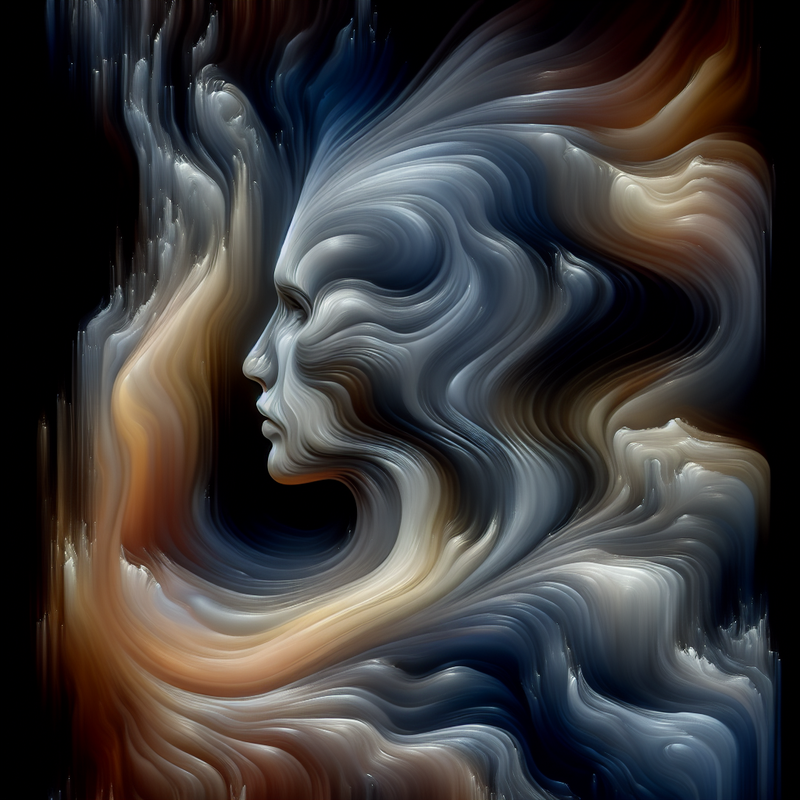Recent exploration by scientists has discovered a connection between the strength of one’s visual imagination and their proficiency in handling involuntary thoughts. One experiment that exemplifies this is the “pink elephant test,” which reflects the challenge of intentionally trying not to ponder a specific subject. Results indicate that individuals who can envision images more lucidly in their minds find it harder to suppress these involuntary images.
Derek Arnold and Loren N. Bouyer delve into this subject in an article for ‘The Conversation’, highlighting the intriguing phenomenon of aphantasia. Aphantasics lack the ability to create mental images at will. When you tell them to avoid thinking about a pink elephant, they have no difficulty since they cannot visualize one to begin with, showcasing the distinct nature of their mental process.
The Distinctive World of Aphantasia
Commonly seen in a negative light due to the constraint it imposes on visualization, aphantasia may also afford an edge against pervasive, unwelcome thoughts. Arnold and Bouyer’s research contrasts the varying intensities of people’s visual imagination with their inclination towards involuntary images. They discover that those with a richer visual imagination are more susceptible to these involuntary images.
The study ventures further, probing the daydreaming experiences of aphantasics.
Arnold and Bouyer share insights from their lives, shedding light on their peculiar mode of daydreaming which doesn’t include images, but instead consists of imagined dialogues, or sensations like touch and movement.
According to their findings, while aphantasics are less likely to be plagued by intrusive mental images, they still engage in a degree of mind-wandering akin to those who can visualize. This indicates that they are not immune to mind-wandering broadly but to specifically visual thought intrusions.
Regarding the impact of aphantasia on processing traumatic memories, the researchers postulate that aphantasics might be less haunted by such memories.
However, they caution that further examination is required to substantiate this theory.
In conclusion, Arnold and Bouyer underscore the diversity within the human mind in terms of visual capabilities. While some people might effortlessly ignore thoughts of the “pink elephant,” the wandering minds of others may embark on a rich variety of mental voyages. This spectrum ranges from having no visualization ability, seen in aphantasics, to possessing exceptional visual imaginative powers.







